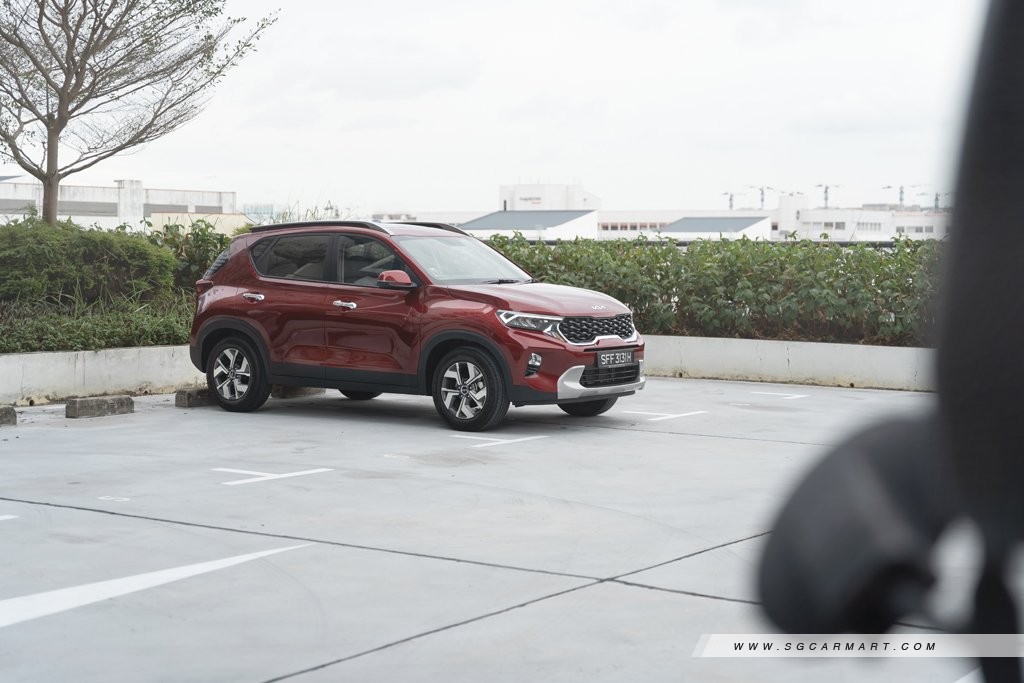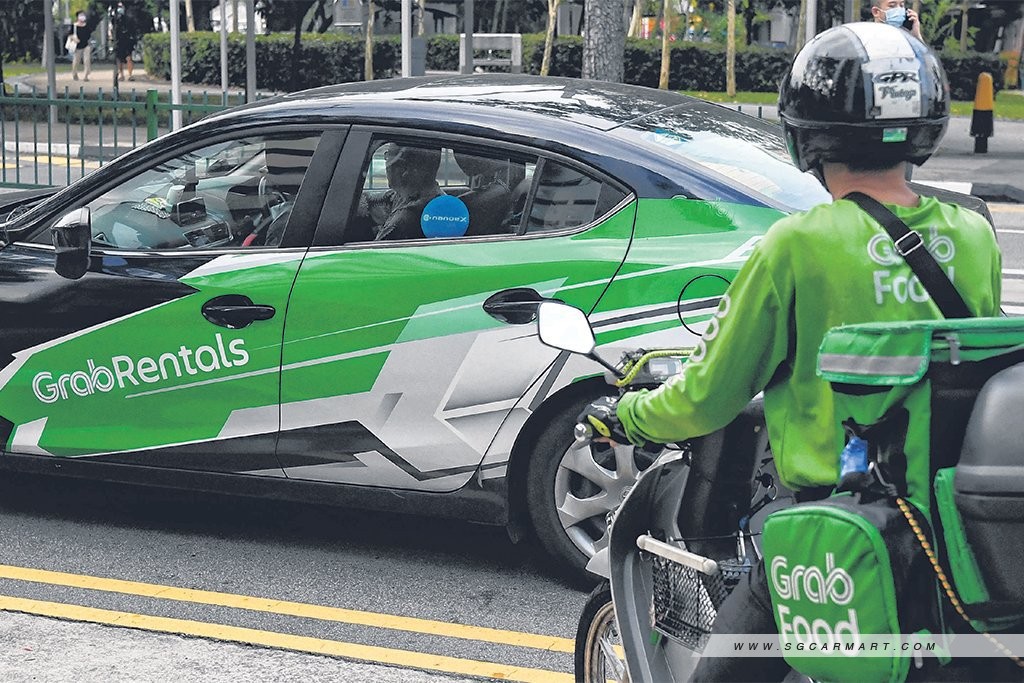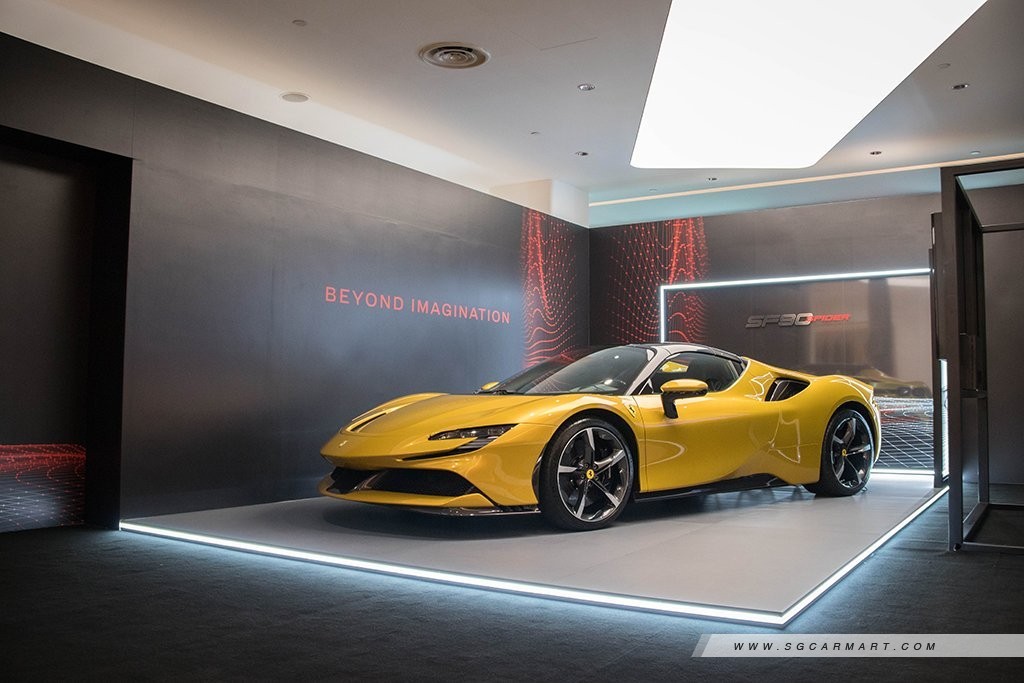Keeping the COE price under control: Should Singapore adopt a '1 car, 1 household' policy or a separate COE category for commercial vehicles?


The Certificate of Entitlement (COE) is something unique to Singapore. It is a scheme that was implemented, along with the Vehicle Quota System (VQS) to control the population growth of vehicles here.
With an extremely limited land space, the vehicle population in Singapore is among the densest in the world. Without a suitable effort to limit the amount of cars, the roads will easily be overwhelmed.
These systems work together to limit the number of new vehicles that can be registered in Singapore, and for the past couple of years, the population growth was decided to be kept at 0 per cent. What it means to us Singaporeans, is that supply of new COE is determined by the number of cars that are deregistered — supply of COE is as limited as ever.
And it certainly doesn't help that the demand of COE has been increasing due to various factors. When the increasing demand isn't met with more supply, the result is even higher COE prices in Singapore.

In recent years, COE prices increased relentlessly, with Cat B reaching an all time high of $113,000 in September. There are several reasons cited for the hike in COE prices, these include the influx of rental fleets due to the introduction of ride-hailing services and private-hire vehicles, and high-net worth individuals who are impervious to the heat of the costly COE prices.
As such, there were many inventive ideas being suggested, hoping to solve the issue of high COE prices which makes it difficult for the typical middle-class families to afford a car. Among the ideas, these two are frequently brought up — adopt a 'one car, one household' policy, or to create a separate COE category for vehicles meant for business purposes.
In this article, we will attempt to explore both ideas and try to determine their feasibility.

The rationale behind this is to prevent individuals from owning more than a car, which will take up the vehicle quota that could be made available to families and individuals who need a vehicle.
While it seems like a great idea to keep COE price in control, it isn't without flaws.
In Singapore, a household refers to a group of two or more persons living together in the same house and sharing common food or other essentials for living. Hence, a household can actually include several working adults who might have their own transportation needs. Moreover, things get even more complicated for large households which can consist of more than one family.
As of the current statistics, there are almost 1.4 million households in Singapore, and the current population of vehicles is just under a million. With almost 50 per cent more households than the existing vehicle population, there is a high chance that putting such a policy in place wouldn't do much to alleviate the situation — especially if most of the households decide to get a car.

Many people are attributing the increase in COE prices to the companies who are registering large fleets to support private-hire services.
Unlike drivers who are buying a car for their own usage, a car is a moneymaking asset for a rental company, as such, companies are likely to be willing to put down a larger sum of money as long as they are still able to make a profit further down the road.
Having a category dedicated to these business vehicles could isolate the rental companies from bidding for COE in the same pool as the typical consumer who tend to have a more limited budget.
However, even with a separate COE category, the total quota of vehicles remains unchanged, hence we will end up divvying the COE quota to allocate towards the business vehicles — ultimately affecting the amount of COE quota left for the rest of the public.
If the main force for the upward trend in COE prices is indeed caused by the furious bids from the rental companies, this might indeed be a plausible solution.

Adding onto the idea of grouping business vehicles in a separate category, maybe there is something else we can do to control the rapidly increasing COE prices.
Under the current categorisation, someone who's buying a million-dollar supercar will vie for a COE in the same pool as someone who's trying to get a Cat B COE MPV to ferry his family about. If there were to be a large amount of people with enormous spending power, COE prices for Cat B could be driven to obscene amounts, causing originally economical Cat B cars to become exceedingly costly.
Like the suggestion for business vehicles to have their own COE category, there could be a category that is meant for the high-end luxury cars, supercars and the likes of them. For example, there could be a specific category of COE for all cars with OMV above $100,000 and/or above 500bhp.
This way, it might be possible to keep the COE prices for normal, non-luxury cars in check.
ALSO READ: COE quota to drop 14% for November 2022 to January 2023